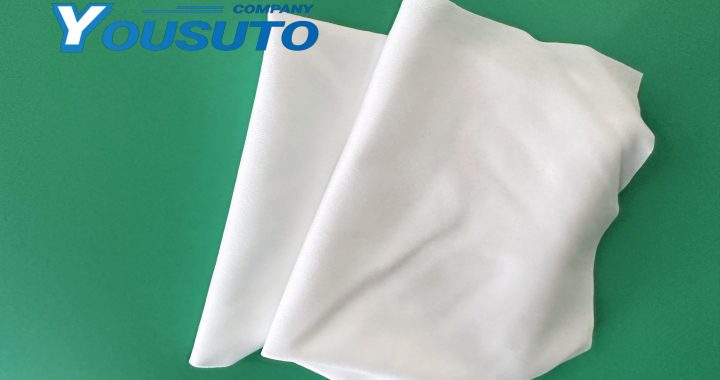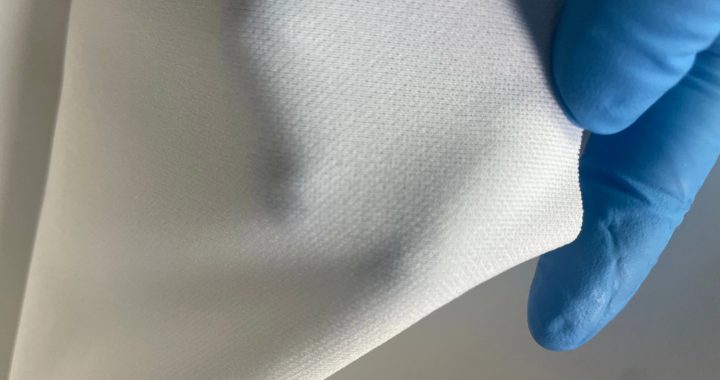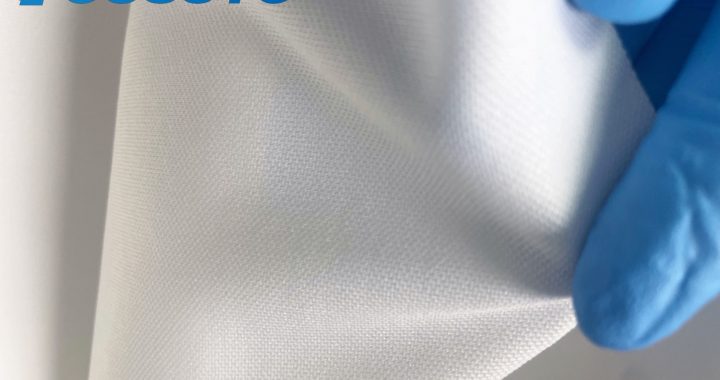Isopropyl alcohol (IPA) wipes are highly effective for improving the cleaning efficiency of optical equipment. Pre-wetted, lint-free wipes remove dust, oils, and microscopic residues from delicate surfaces such as lenses, microscopes, cameras, and spectrometers. To maximize efficiency, use single-direction wiping motions, applying controlled pressure for stubborn contaminants while avoiding circular rubbing that may redistribute debris. IPA wipes evaporate quickly, leaving no streaks or residue, and their anti-static properties reduce particle attraction. Suitable for Class 100–1000 cleanrooms, IPA wipes ensure precise, scratch-free cleaning, enhance optical performance, and extend the lifespan of sensitive laboratory instruments.
Key Features:
-
Pre-wetted with high-purity IPA for fast, effective cleaning
-
Lint-free and anti-static to protect delicate surfaces
-
Rapid evaporation prevents streaks and residue
-
Safe for glass, metal, and many plastics
Application Scope:
-
Laboratory microscopes and optical lenses
-
Cameras and imaging systems
-
Spectrometers and precision optical instruments
-
Cleanroom optical maintenance and assembly





